From preserving our favorite skincare products to safely storing life-saving medications, glass bottles play a crucial role across various industries. These versatile containers offer numerous benefits such as inertness, impermeability, and the ability to preserve flavor and carbonation.
Have you ever wondered how these essential containers are made? In this comprehensive guide, we’ll take you through the fascinating journey of glass bottle manufacturing, exploring the key ingredients, formation techniques, and the processes involved in strengthening and refining these indispensable containers.
Key Takeaways
Glass bottle production requires precise combination of sand, soda ash, limestone and cullet.
Two primary techniques used to form glass bottles are press-and-blow molding and blow-and-blow molding.
Strengthening processes such as annealing, internal treatment & external treatment. Automated & manual inspections followed by packaging methods ensure quality standards for glass containers like the versatile amber glass bottle.
The Key Ingredients in Glass Bottle Production
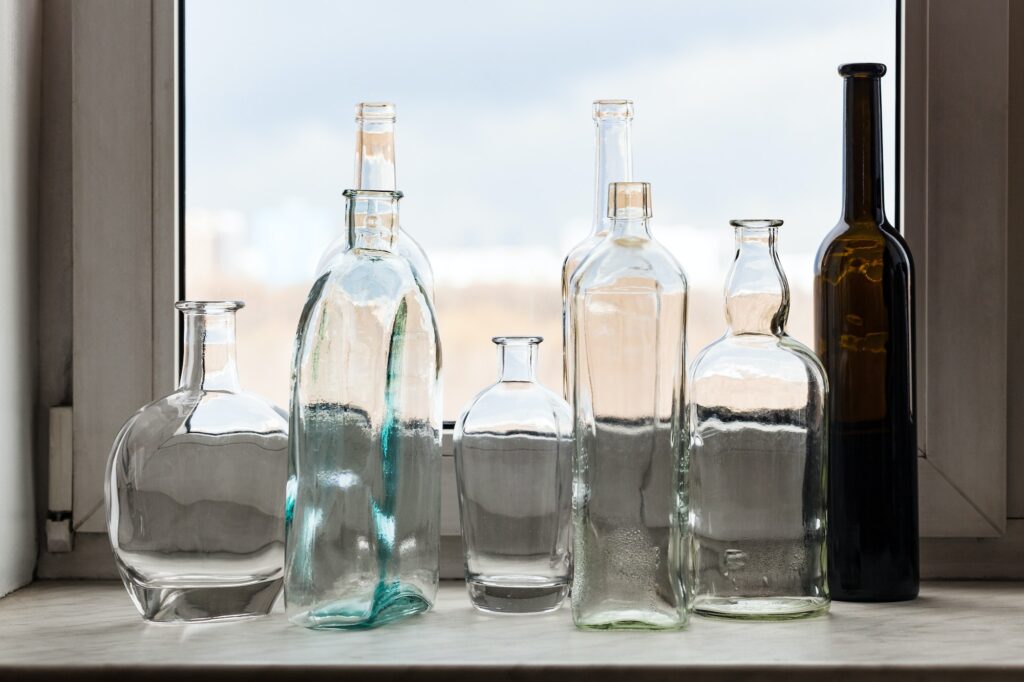
Glass bottle manufacturing is a delicate and intricate process, with four fundamental ingredients working together to form the perfect vessel.
These components are sand, soda ash, limestone and cullet that combine in order to mold the glass container which can also be shaped into jars as well.
All these must melt correctly during production for it all to come together properly. This ensures that every component contributes its own special element towards creating an impeccable piece of glassware.
Sand
Silica sand, in particular, is the fundamental material used for making glass products. Up to 70% of a glass container will be composed of this type of sand and it ensures that bottles or jars maintain their form as well as strength qualities while withstanding potential damage.
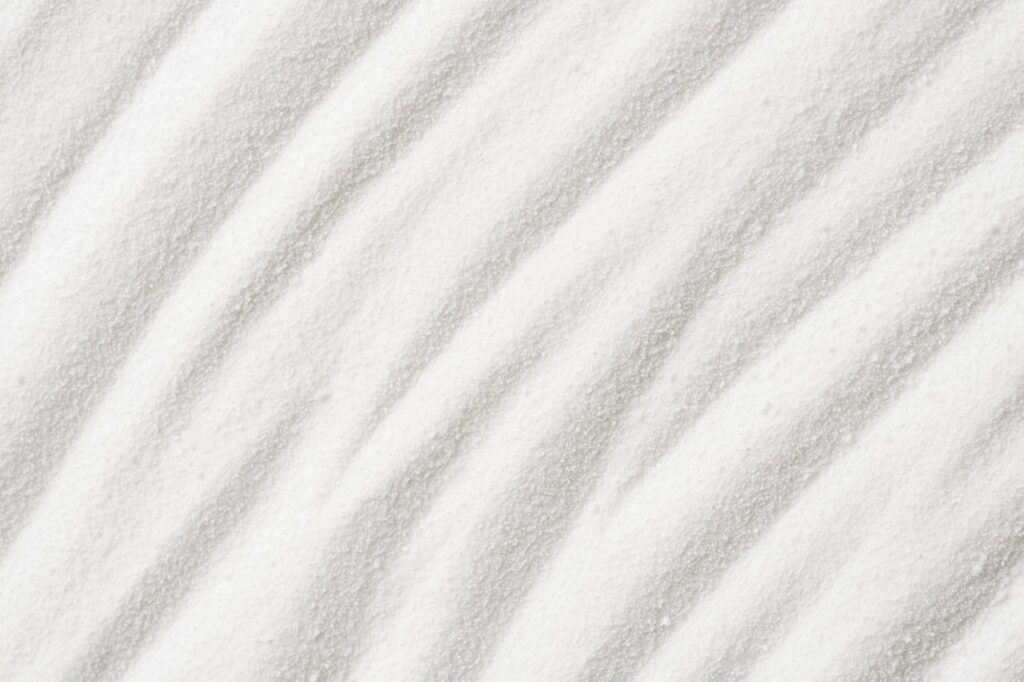
The amount utilized can depend on which specific item is being created from the glass packaging process, but its importance doesn’t alter throughout. By including sand into production procedures, assurance stays solid regarding structural stability standards are met securely.
Soda Ash
Soda ash, a key component for the production of soda lime glass, serves as an essential fluxing agent which helps to reduce the melting point of silica.
This ultimately enables manufacturers to form both recycled and new glass bottles and containers from melted sand at lower temperatures – thereby saving energy in this manufacturing process.
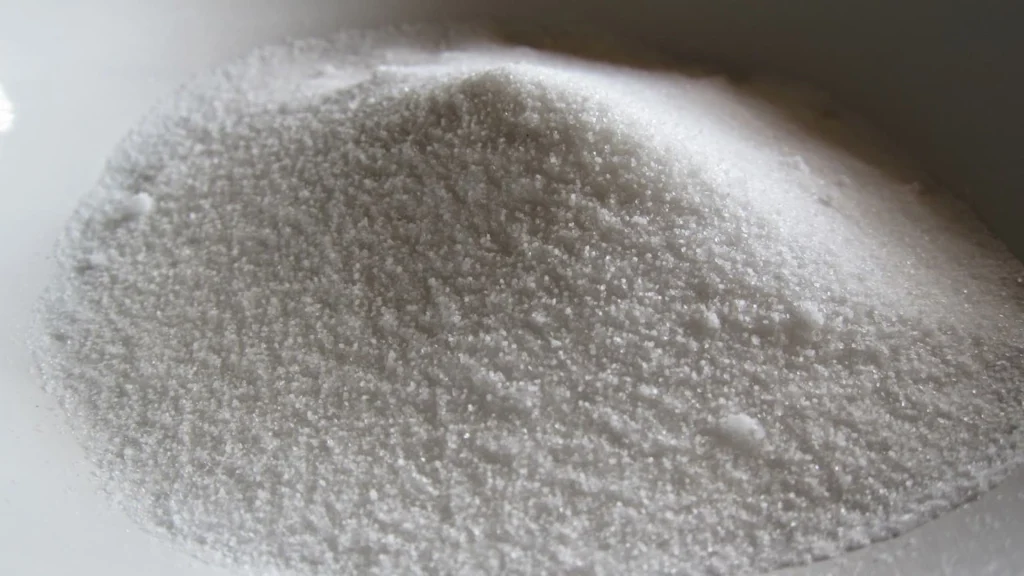
Its ability to decrease molten glasses’ temperature facilitates manipulating it more easily while also promoting sustainability through resource conservation along with efficient operations throughout this entire procedure.
Introducing soda ash into making these types of vessels ensures sustainable yet successful results when dealing with glass bottle outputs during any kind of scope related activity within the sector’s ecosystem too!
Limestone
Limestone, a type of sedimentary rock that is made up of calcium carbonate, is an important element in glass container production. By being part of the manufacturing loop, it can regulate chemical composition and give strength to the final product.
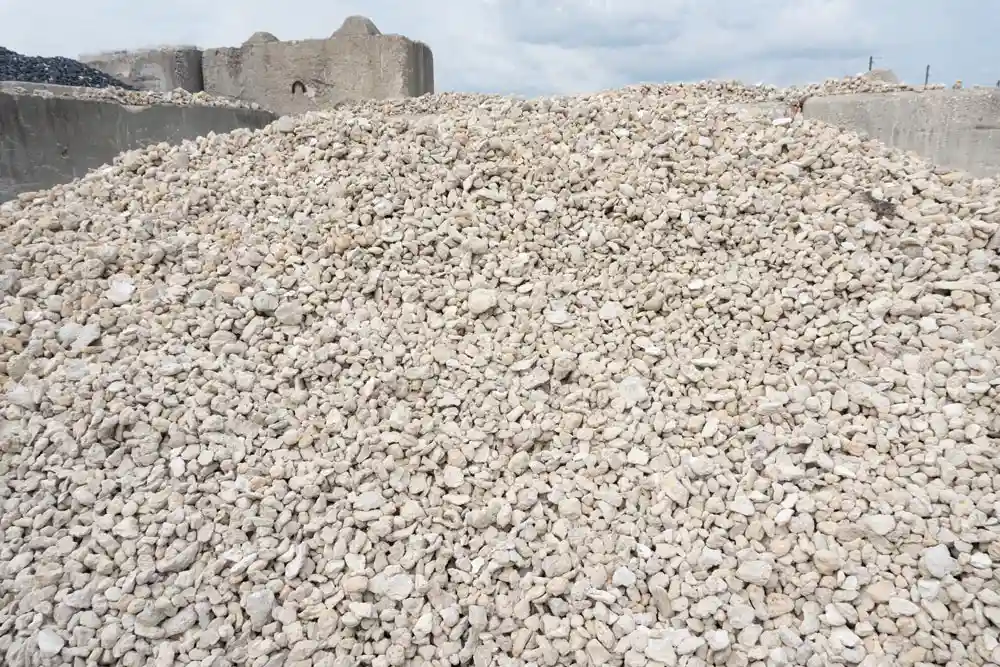
Adding limestone has multiple advantages such as reinforcing durability over time. Purifying the glass from foreign particles and reducing energy used for melting when making containers out of this material.
All these elements contribute to improve quality standards during the entire manufacturing process regarding efficiency levels too.
Cullet
The use of cullet, which is recycled broken glass from rejected bottles, in the production process for making new glass containers is essential.
By utilizing this material instead of raw ingredients such as silica, limestone or soda ash, it reduces energy consumption and minimizes waste, leading to an improved environmental footprint.
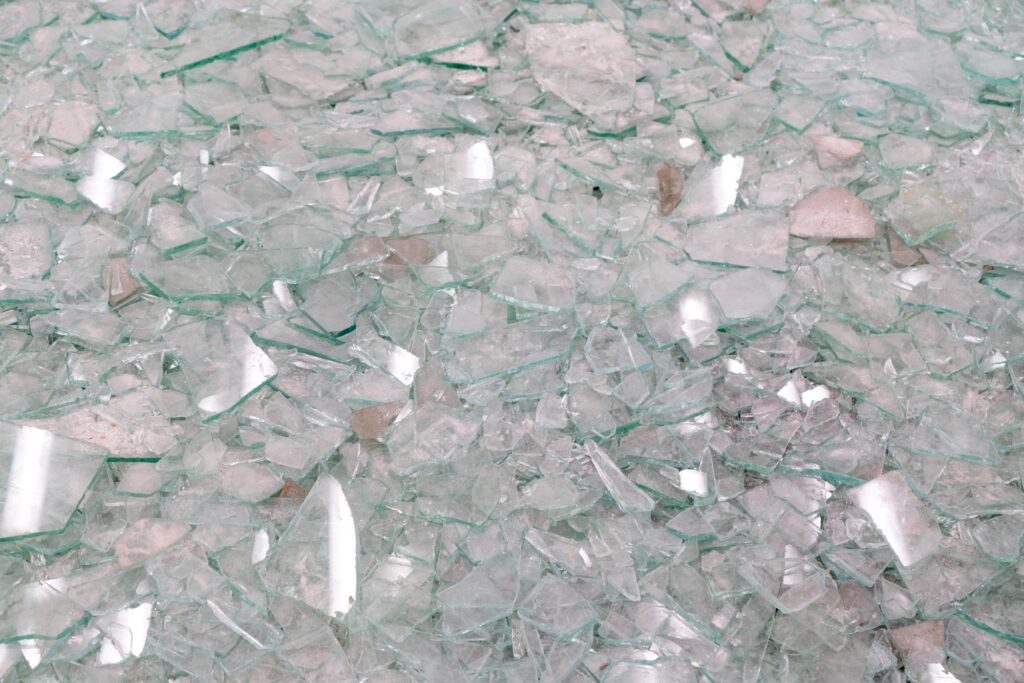
It helps ensure sustainability while also providing enhanced quality products with higher efficiency levels.
In summary, incorporating cullet into glass bottle production leads to greater resource optimization and a more sustainable approach overall on behalf of manufacturers.
The Glass Bottle Formation Techniques
The manufacturing process of glass bottles starts by combining and melting the necessary ingredients to create molten glass. Then, there are two techniques used to form these containers: press-and-blow molding and blow-and-blow molding.
Both allow for intricate designs resulting in a variety of unique shapes for different types of glassware products like jars, pitchers, tumblers, etc. These formation methods play an integral part in what makes every type of bottle truly one-of-a-kind!
Press-and-Blow Molding
The technique of press-and-blow molding is employed to create glass bottles, particularly those with wide mouths. It also results in thin necked containers.
The process starts by cutting and manipulating the molten glass (up to 1200°C) using a shearing blade until it forms into an appropriate cylindrical shape called ‘gob’ which is then fitted into a blank mould before being blown up.
In order to reach its desired form, that of a finished glass container. This strategy offers many advantages since all elements have an identical thickness as well as achieving uniformity among manufactured products.
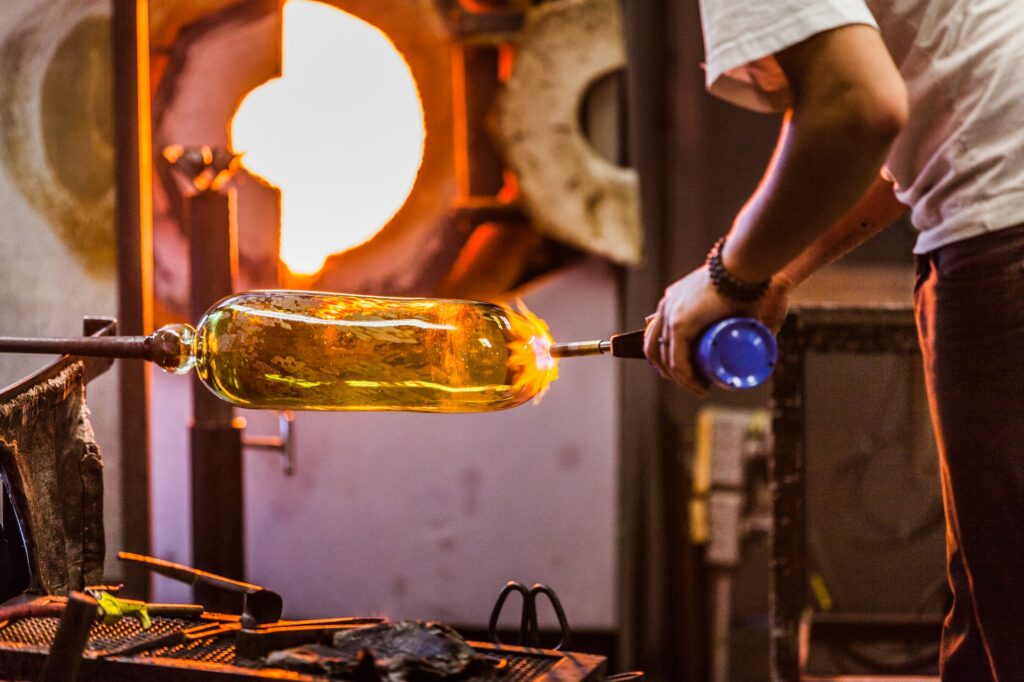
Blow-and-Blow Molding
When it comes to glass bottle manufacturing, blow-and-blow molding is often a preferred choice due to its cost efficiency and quick production times.
This method utilizes compressed air which pushes the molten glass into blank molds before inflating it in order to form an intricate shape with uniform wall thickness for glass containers.
On the other hand, press-and-blow molding involves cutting up as well as pressing and shaping glass inside blank molds prior to being inflated into their final design forms respectively. Both techniques are essential when creating different types of bottles used by many industries around the world today.
Strengthening and Refining Glass Bottles
The glass bottles created through the glass making process must go through various processes for refining and strengthening. These consist of annealing, external treatment, as well as internal treatment to ensure that they reach a desired quality level and are sturdy.
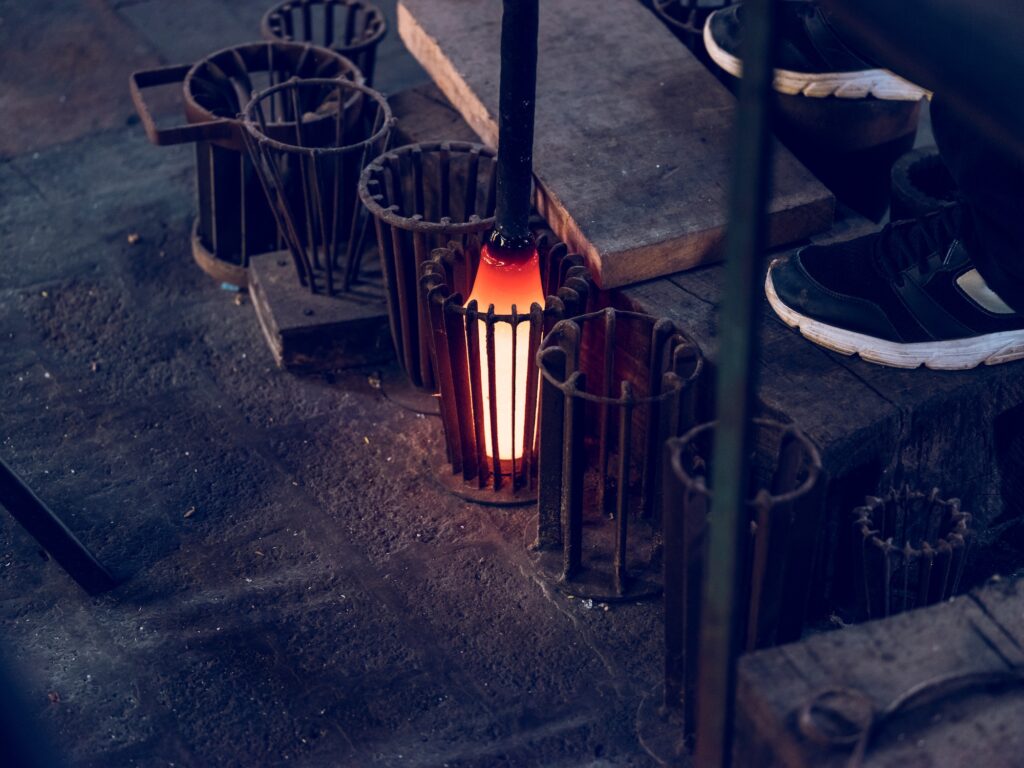
To find out more about how these treatments enhance the qualities of glass containers, we can look into each process in detail. Annealing makes sure any potential strains or stresses within during production have been relieved.
While with both Internal Treatment and External Treatment, surface roughness is reduced so that it’s able to hold liquids without leaking or breaking easily when handled correctly.
Annealing Process
The annealing process is of paramount importance in the manufacture of glass bottles and containers. By gradually lowering the temperature, it relieves any tension acquired during production while reinforcing its durability.
This step prevents breakage or shattering that would otherwise be caused by extreme internal stress. Ultimately, this results in a more reliable product able to withstand extensive usage and handling due to being sufficiently resilient throughout transportation, storage and use within industries respectively.
In summary, continuous cooling and proper tempering enhance the strength of hot glass, ensuring high-quality products for consumers. This saves them money by avoiding unnecessary repairs or replacements due to lack of protective measures before being sold for market consumption.
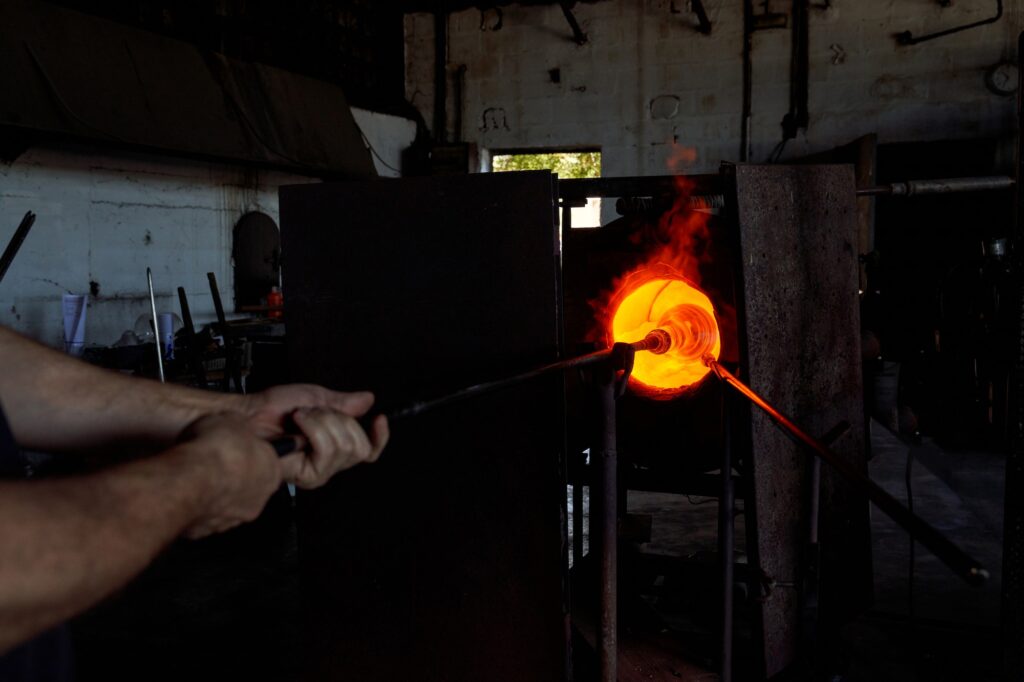
Internal Treatment
The manufacturing process of glass bottles includes internal treatment, which is important to preserve the contents inside and protect it from chemical reactions.
Treatments such as fluorination, siliconization, and sodium removal from its surface help ensure that these containers can resist corrosive elements while maximizing their value for pharmaceutical products. As a result, alkali extraction prevention contributes to the safety of content integrity too.
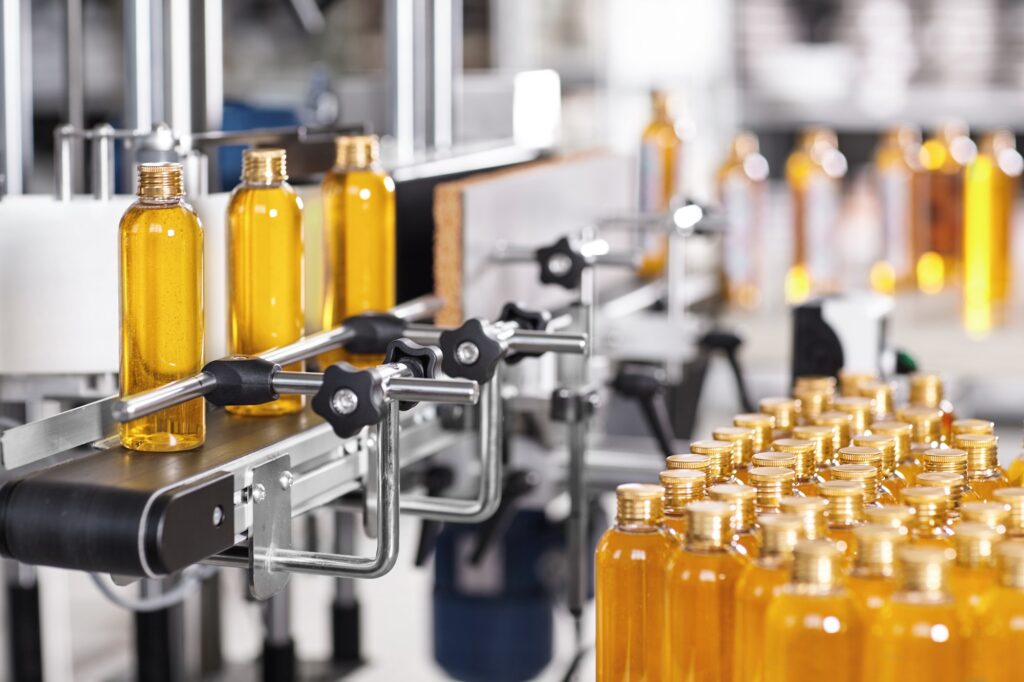
Advantages associated with this approach include increased resistance against chemicals as well as improved durability on glass bottles’ part.
There are also advantages related to uncompromisingly safe containment preservation along with quality and efficacy maintenance over an extended period in terms of shelf life concerns.
External Treatment
External treatment of glass bottles works to enhance the surface, making it less susceptible to damage and scratches. This is done through techniques such as sandblasting, etching and coating. All designed to increase the strength of the bottle’s structure while maintaining its aesthetic appeal.
Not only does this make them more durable, but also improves seal adhesion for labeling purposes too! Strengthening a container in these ways ensures that it will function optimally throughout its life span whilst retaining an attractive look. By fortifying external surfaces on glass containers, you are guaranteed maximum preservation from wear and tear over time.
Inspecting and Packaging Glass Bottles
Glass bottles, glass containers and their manufacturing process must meet the highest standards of quality. An inspection system is carried out with a mix of automated techniques and manual assessment.
This combination enables us to guarantee the desired level of excellence for each product made in this sector. Not only that, but these methods are essential tools during production stages, ensuring utmost respect for safety regulations regarding glass bottle manufacture at all times.
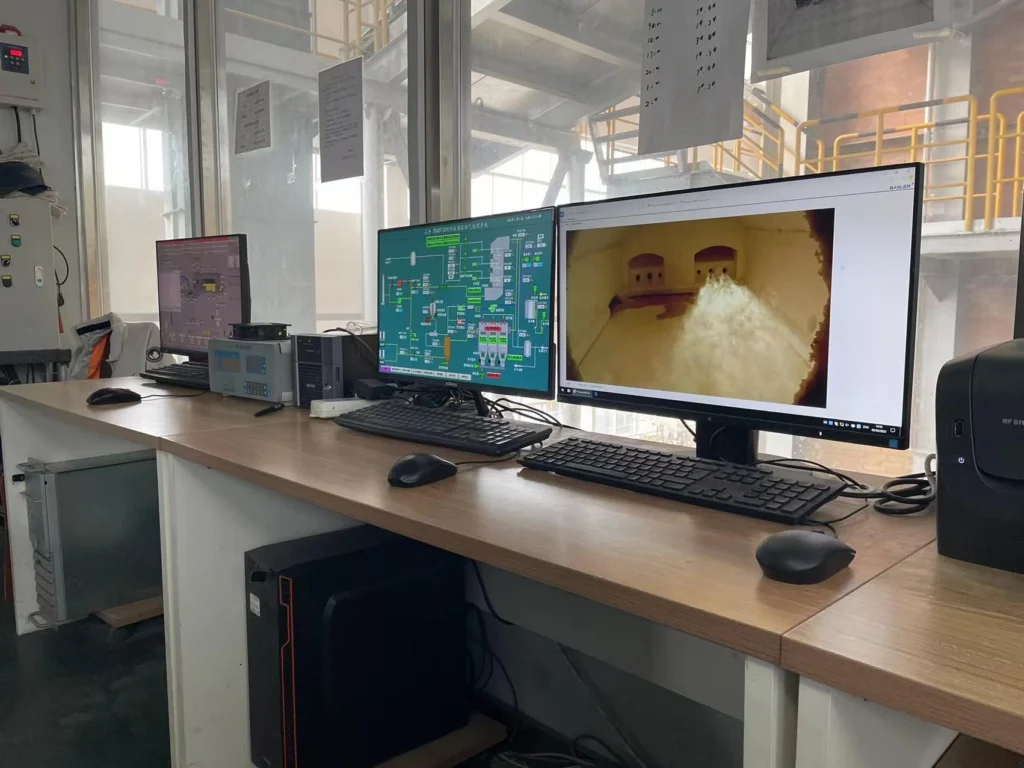
Automated Inspection
Automated inspection is a highly beneficial process that uses machines to check glass bottles for any defects or inconsistencies.
Such systems, like vision systems, laser scanners and X-ray techniques, are capable of detecting issues such as closed caps, appropriate fill levels and exact labeling, enhancing product quality while decreasing waste in the manufacturing process.
Not only does automated inspection streamline the assessment procedure, but it also guarantees standards are fulfilled with respect to those particular glass products. Ensuring sustainability within this kind of production cycle overall.
Manual Inspection
To ensure glass containers meet the highest quality standards, manual inspections are an invaluable part of the production process.
This procedure involves workers manually examining each bottle to detect any issues not picked up by automated machinery.
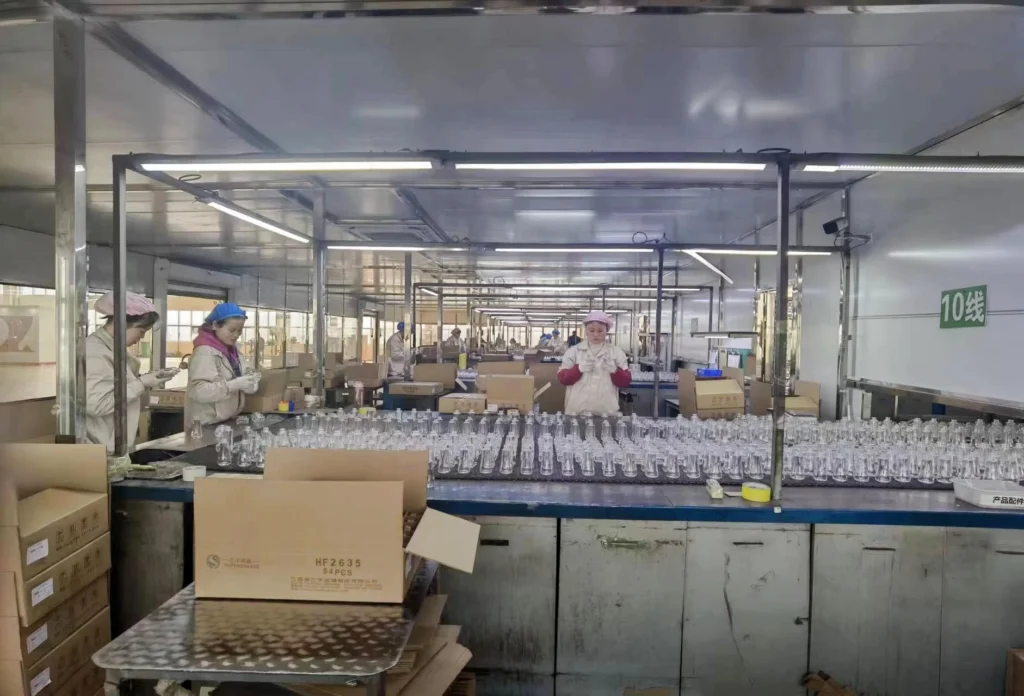
Manual inspection ensures that bottles are free from defects and safe for consumers while maintaining a positive brand image as well.
Combining automated and human methods of inspecting glass bottles results in unparalleled product integrity, guaranteeing reliability with no compromise on safety or appearance.
All these factors contribute greatly to achieving premium quality products ready for delivery to clients all over the world.
Packaging Methods
No matter what packaging method is chosen, the aim remains consistent. To guarantee that glass containers are transported securely and efficiently from their place of production to the consumer.
Not only does proper packing protect against potential harm while in transit, but it also preserves product quality and appearance all through its journey along the supply chain.
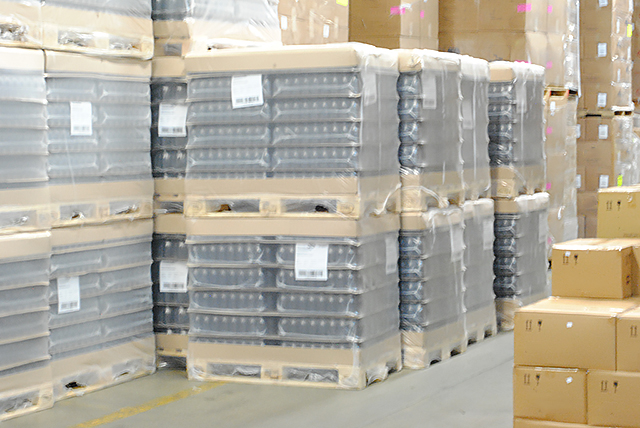
When manufacturing glass bottles or other forms of container-ware, factories choose between shrink wrapping, carton packing, as well as palletizing when determining a suitable package design, each offering specific advantages such as improved protection for goods being shipped whilst allowing for cost reduction on shipping expenses at potentially increased labor costs.
The Versatility of Glass Containers
Glass and its recycled glass container options make it an incredibly versatile material for various industries, such as food, beverage, pharmaceuticals and cosmetics.
Its inertness, impermeability along with the ability to preserve taste and carbonation give them highly desirable properties that can be found in a specialized type of glass bottle, the amber one.
This showcases just how multifaceted these containers are when it comes to different uses while keeping product quality intact at all times.
Amber Glass Bottles
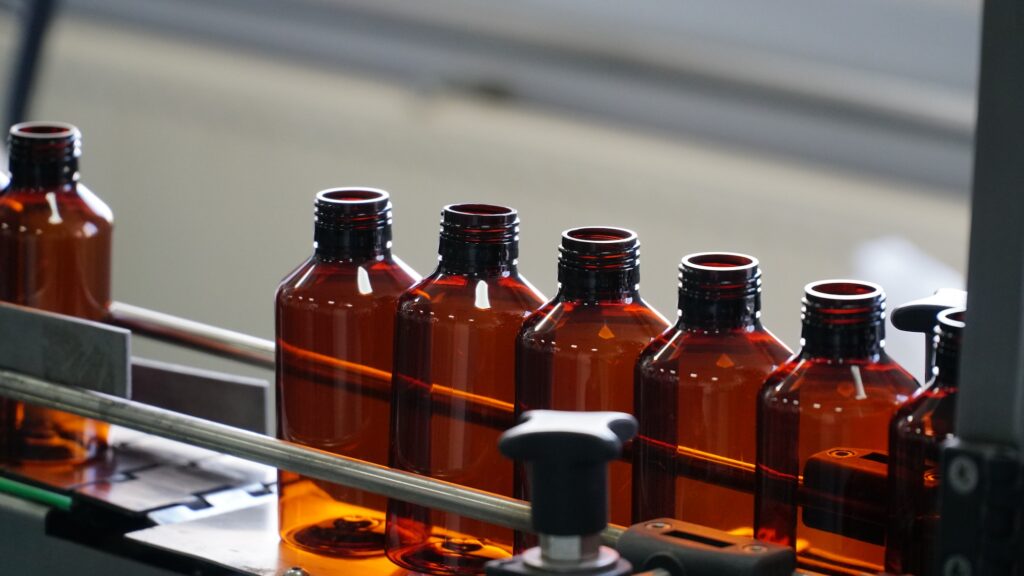
Amber glass bottles are a great choice for safeguarding products from UV rays due to their protective quality. The use of these bottles is becoming increasingly popular in various industries, as it allows producers to customize the properties of glass depending on specific needs and secure product safety and longevity.
Other than offering protection against light, amber glass containers provide strength, durability, and an attractive appearance too. They make excellent choices when storing chemicals or alcohol-based items like cosmetics that require shielding from radiation.
Summary
The intricate and detailed process of producing glass bottles has been explored in depth throughout this guide. We have highlighted the versatility these containers offer, displaying their many uses across multiple industries due to unique properties that make them a perfect choice for product packaging.
It is evident how careful balance between ingredients, processes and techniques are required when manufacturing glass bottles, as they continue playing an important role within our daily lives from protecting beverages to safeguarding medicine supplies, illustrating just how powerful yet versatile glass can be!
Frequently Asked Questions
How are glass bottles manufactured?
Manufacturing of glass bottles usually uses the Press and Blow process. This involves partitioning an IS (Individual Section) machine into several parts in order to make identical containers.
Then, with a shearing blade, molten glass is sliced down to size for making gobs used within this production technique involving pressing then blowing hot liquid glass accordingly.
All these steps allow craftspeople to produce top-notch quality glasses from one single source using just minimal amounts of materials such as pressurised air or steam instead of multiple sources.
Who is the best glass bottle manufacturer?
The five leading glass bottle providers in the world by revenue for 2023 are Ardagh Group SA, Toyo Seikan Group Holdings Ltd., O-I Glass Inc., Aptar Group Inc. and Verallia. These manufacturers supply top quality packaging solutions to businesses around the globe that require glass products.
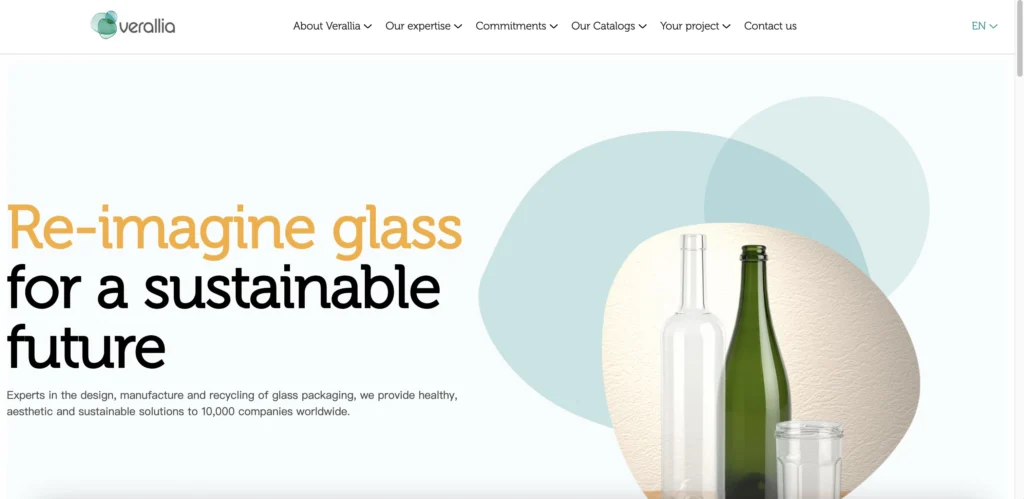
Each of these companies have proven themselves as highly successful within their respective industries and continue to set industry standards when it comes to providing superior results with high performance while using sustainable materials like glass bottles/packaging containers.
How long does it take to produce a glass bottle?
It requires approximately 10-15 seconds of production to make a glass bottle, after which it should be annealed for 1-2 hours in order to reduce surface tensions. All in all, creating one single glass container is a quick and straightforward process.
What is needed to make a glass bottle?
A glass bottle is created by melting a combination of silica sand, soda ash, limestone and recycled glass known as “cullet”. This mixture must be heated to very high temperatures in order for the desired outcome to form.
What are the two main techniques used to form glass bottles?
Glass bottles are typically made via either press-and-blow or blow-and-blow molding. In the former technique, a blob of glass is pressed into shape in an oven with two halves of a metal mould before being blown to finish and define its shape.


Are essential oil bottles produced using environmentally friendly methods? Are there any efforts to reduce waste and energy consumption in the manufacturing process?